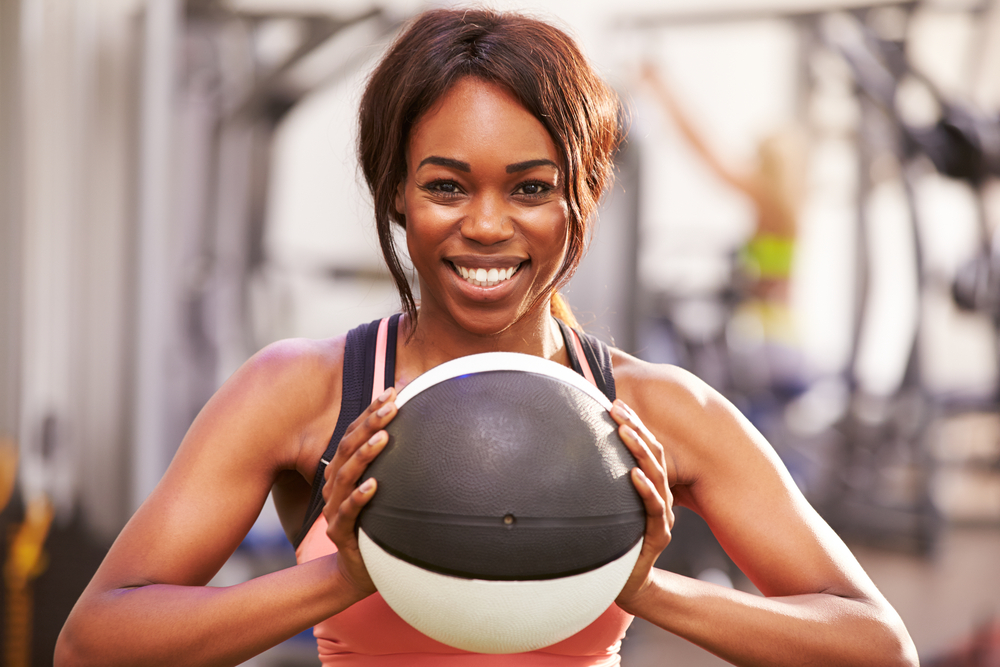
When you make the decision to join any sport you’ll find that in no time at all certain muscles, joints and ligaments in your body become sore. Bowling, which is a sport, is no exception to this rule.
When you bowl you use a wide variety of muscles, joints, and ligaments as you move through your bowling stance to deliver a weighted ball down a sixty-foot lane.
Bowling also requires a lot of muscle endurance and coordination, causing even the most seasoned pros to grow sore after repeated tournaments.
However, just like with any other sport, there are exercises and workouts you can do to strengthen your body, get it in the shape needed to bowl successfully and keep it in that shape. In this article, we'll discuss the best exercises for bowlers, including warm-ups, stretches, shoulder sets, cardio, and finger exercises.
Contents
The Best Exercises for Bowlers
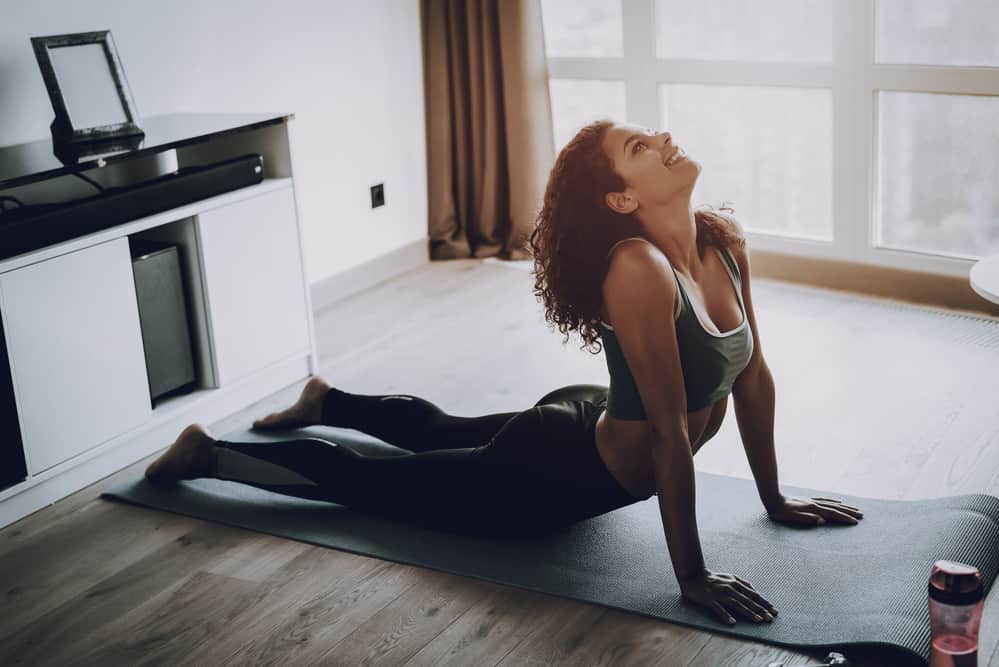
Stretches: Warm-up Exercises for Bowlers
Before you begin any exercise it is important that you stretch your muscles and tendons out first. Taking a small amount of time to warm up your body will help prevent injury during exercise and prevent lactic acid buildup in your muscles.
(Lactic acid is one of the key causes of sore muscles.) It is also important that you target different areas of the body, you never know what muscles you could end up using and it will also improve your flexibility!
Overhead Stretches
This stretch is a great way to stretch out your shoulder and upper arm muscles, key muscles used in bowling. It’s a low impact stretch with low risk of injury as long as you listen to your body and proper form is maintained.
- Lift one arm up over your head.
- Bend down the elbow until your fingers are tickling the back of your neck.
- Grasp your elbow with your free hand and pull it slightly behind your head until you feel a good stretch, there should be no pain.
- Hold this position for 10-20 seconds
- For an extra stretch, you can tilt sideways at the waist in the direction you are pulling, you should feel a small stretch down the side of your abdomen.
- Alternate to your other arm and repeat the process.
- Repeat 2-3 times per arm.
Cross Stretches
This stretch is also a good way to prepare your shoulder and arm for a fun day of bowling. By completing this stretch before bowling you help prevent injury. You can also complete it throughout the week to improve flexibility over time.
- Pull your arm across your chest, keeping it straight and somewhat loose.
- Use your free arm to grab the extended arm at the elbow and lightly pull until you feel a stretch in your shoulder.
- Hold the position for 10-20 seconds before switching arms.
- Repeat 3 times for each arm.
Lunges
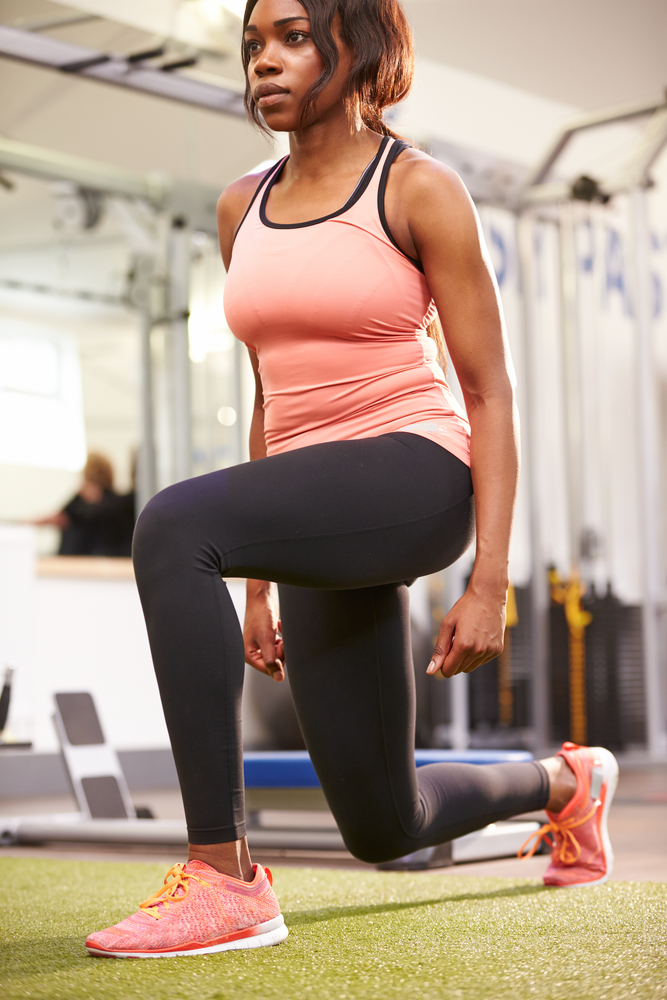
This is a fantastic stretch that can double as a strengthening tool. The lunge helps work out your legs and abdominal muscles, as well as strengthens your knee joints and improves flexibility. (In case you haven’t noticed flexibility is a big deal in bowling.)
- Place your hands on your hips and stand with your feet shoulder length apart.
- Move one foot forward about 2 to 3 feet (you want a good stretch but also don’t want to sacrifice your balance) while keeping the other foot planted.
- Lower your planted leg into an ‘L” shape, with only your toes touching the ground. Your extended leg should naturally shift into an upside down ‘L’ shape to accommodate the change in position. Make sure to keep your back straight and your hands on your hips the whole time!
- Hold the position for 10-20 seconds before returning to your upright stance, legs back together. Alternate to the other leg and repeat the process 10 times for each leg.
Wrist Flexion/Extension
This is another great stretch for bowlers to implement! This stretch works on your forearm, wrist, and fingers, key areas used in bowling. It also helps improve flexibility in these areas as well, extremely important for bowlers since these are heavily used areas.
1. Extend your arm and flip it so the inside of your elbow is facing up.
2. With your free grasp your fingers and gently pull your fingers down until you feel a stretch in your forearm.
3. Hold for 10-15 seconds before releasing your fingers and repeating the process with the other arm. Repeat 3 times for each arm.
Full Body
When people think of the muscles used in bowling they tend to focus on key areas such as the arms, shoulders, and legs. They may also focus on joints like the knees, wrists, and elbows. While these groups of body parts are indeed important to the sport of bowling it is also important to not just focus solely on these areas.
As a bowler you should also put effort into strengthening your whole body, the benefits will make all that effort worthwhile!
Cardio
Believe it or not cardio can actually greatly help improve your bowling abilities. Though bowling is considered a low-impact sport it does require a lot of physical exertion.
Having endurance, strength and flexibility will help keep you on top of your game as you progress in bowling and keep your mind active and sharp.
The best cardio exercises for a bowler to take part are generally other low-impact sports that run a low risk of injury. Swimming, cycling, rowing, and walking are good sports to take part in to increase cardio.
Cycling and walking are especially good for bowlers since they work out the lungs and increase endurance but are mainly focused on the legs so your arms are well rested for throwing bowling balls.
Strengthing
While cardio certainly benefits bowlers one of the most important activities a bowler can do is strengthening exercises. Strengthening plays a huge role in preparing your body to be ready to grip your ball, throw your ball with the correct aim and move through your stance flawlessly.
Sit-ups
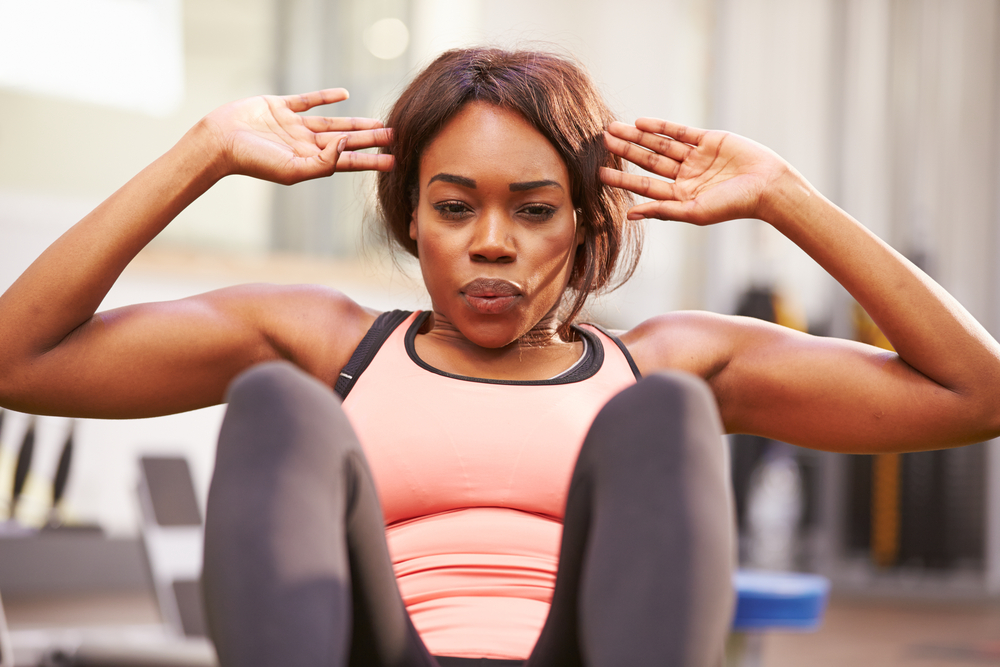
You may remember this type of exercise from your gym classes at school. Well, there is a reason your gym teacher thought to teach you this technique, it works!
Sit-ups are a great way to work out those hard to reach abdominal muscles, strengthening your core. A strong core is a strong foundation for the rest of your body!
- Lay with your back to the floor and bend your knees while making sure your feet are flat on the ground. You may need to find a strong piece of furniture or a friend to hold your feet.
- Either place your hands on the side of your head or cross your arms across your chest.
- Lift your head and shoulders off the ground, curling up your stomach until you can touch your chest to your knees.
- Uncurl and lay all the way back down to the ground before repeating the process.
- For beginners complete reps of 20 three times a week and increase the reps as your endurance goes up.
Squats
If you want to call yourself a bowler you must be able to perform a squat. This strengthening exercise plays a very important role in strengthening your quads (upper leg muscles) and by default strengthening your knees.
Your knees are crucial to bowling and can be injured if not treated right as you play the sport. By strengthening them you are helping protect them.
- Stand with your arms extended fully out from your chest, feet shoulder length apart.
- Keeping your arms extended and your back straight you want to bend your knees until your thighs are parallel to the floor, it should look as if you are sitting in an invisible chair.
- Return to the standing position and repeat, doing 10 reps twice a day for 3 days a week. You can increase the number and frequency of the reps as you feel your strength and endurance improve.
Pushup
This is another gym class classic! This exercise is great for strengthening your arms, elbow joints, shoulders, and abdominal muscles, all of these muscle/joint groups being used in bowling!
- Start by placing your hands and knees on the floor, making sure you are wearing shoes with good traction or going barefoot. (Socks will make you slide and lose your balance.)
- Extend and lock your elbows as you straighten your body. Only your hands and feet should be touching the ground. Your body should also be straight and stiff as if you were a wooden board.
- Bend your elbows to lower your body towards the ground, stopping about 2 inches away so your hands and toes remain the only parts of you to touch the ground.
- Raise yourself back up so your elbows are fully extended, keeping your body straight and stiff. (No butt raises!)
- Repeat 10-15 times, doing 2 reps a day 3 days a week for starters.
Grip
While it is very important to work out your limbs and muscles as a bowler it is also important that you should work to improve your grip.
Your wrist and fingers play huge roles in your ability to bowl, your wrist turning the ball just right to complete your throw and your fingers clinging and maneuvering a ball many times their weight.
While it can be easy to forget about these two there are thankfully severally exercises that can be done to get them ready for bowling.
Wrist
The wrist is one of the most common areas of injury in bowling. It goes under a lot of strain as it twists a ball into position and hurls it down the lane.
Braces and supports help protect this vital joint but by completing set exercises you can also improve your grip, strengthen your wrist, and lessen the chance of injury.
Farmer’s Walk
While simple to execute this exercise shows great results in strengthening the wrist, improving flexibility and improving grip.
- Pick up a heavy dumbbell or a bucket of sand should one not be readily available. You want a good solid weight that doesn’t hurt to hold, but definitely makes you work to hang on!
- Walk as far as you can with it.
- Gently drop it when you can no longer hold it.
- That’s it! Easy to do but with great results!
Softball
This exercise focuses on strengthening the flexion and extension of your wrist, improving muscles for bowling and increasing your grip strength.
- Take a small weighted ball (can of vegetables will work if you can’t find a ball) and cradle it in your hand face up.
- Curl your wrist and the ball towards your forearm, you’ll want to feel a gentle stretch with each rep.
- After you’ve done ten with each arm flip your arm around so the ball is face down.
- Curl your wrist and the ball towards your forearm once again, you should still feel a stretch but it should be centered in a different area of your wrist.
- Do 10 reps for each side, repeating the reps two times a day for 3 days a week.
Fingers
Fingers may be a little tricky to work with, you may not always feel like you are giving them a workout or stretching them properly. Even if you don’t feel improvement or soreness right way it is important that you continue these exercises because believe us, they work!
Squeezing
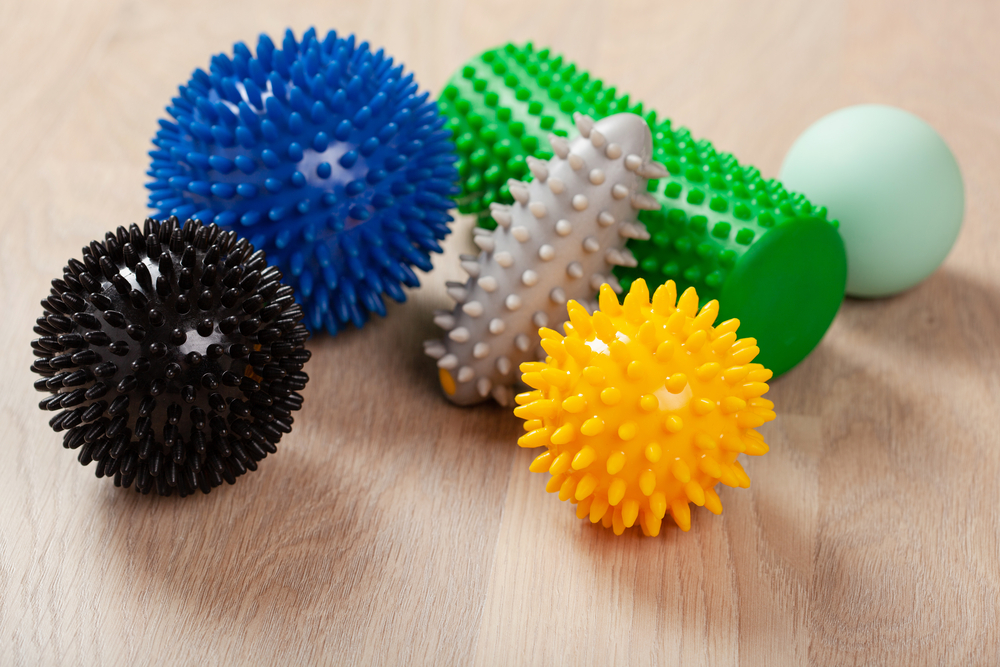
One of the most simple ways you can improve your finger grip strength is to grip things with your fingers! (Shocking, we know) This exercise is so easy in its simplicity.
All you need to do is squeeze a stress ball, tennis ball or a pinch grip at random intervals during the day and you are on your way to stronger fingers. This method can be done while working, watching TV or whenever you have a hand free. It is so easy to do, so why not try it?
Thumb Opposition
Unlike squeezing, this method of strengthening your fingers does not require anything extra. All you need is your five fingers!
- Hold your hand upright so your fingers are pointing upward.
- Take your thumb and apply it firmly to the tip or your pinkie finger.
- Apply pressure for 5 seconds, not enough to cause pain but just enough to feel opposition.
- Move on and repeat with the rest of the fingers, focusing on the tips of each one.
- Perform three rounds of this on each hand a day for the best results.
So as you can see, it is incredibly easy to help your body get ready for bowling and keep it in shape. There is very minimal equipment required to work on the muscle groups and joints that bowling uses and all you need are a few minutes a day to complete reps.
Stuck in a traffic jam on your way home? Work on strengthening your fingers. Waiting for the copier at work? Do a couple squats and ignore your coworker’s odd stares, they’ll soon be jealous of your thigh muscles anyway.
The point is, with how easy it is to complete smalls reps of strengthening and stretching, why wouldn’t you take the time to do so?
By working on these exercises your helping protect your body from injury, improving the power and dexterity in your throws, increasing flexibility and getting in better shape. So why not give them a try and see the results for yourself!
Kira Byrd, a Certified Fraud Examiner, holds a B.S. in Accounting from the University of Alabama at Birmingham. With a passion for bowling from her childhood, Kira has poured her expertise and personal experiences into creating and nurturing Bowling For Beginners. Kira's mission is to meet new bowlers where they are and guide them toward consistently achieving higher scores. With a focus on skill development and strategic techniques, she empowers readers to take control of their game and unlock their true potential.
Bowling For Beginners embodies strict editorial integrity, ensuring reliable and unbiased information. Kira's commitment to delivering valuable insights and practical strategies is reflected in every article. Here's an explanation of our editorial policy and how we get money.





